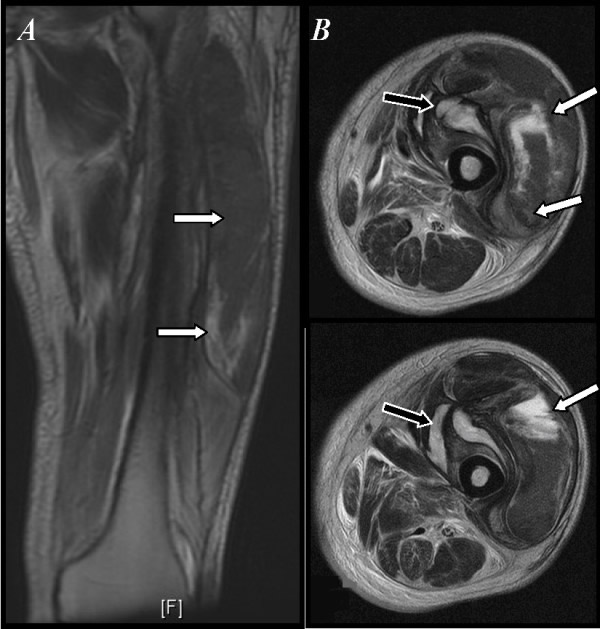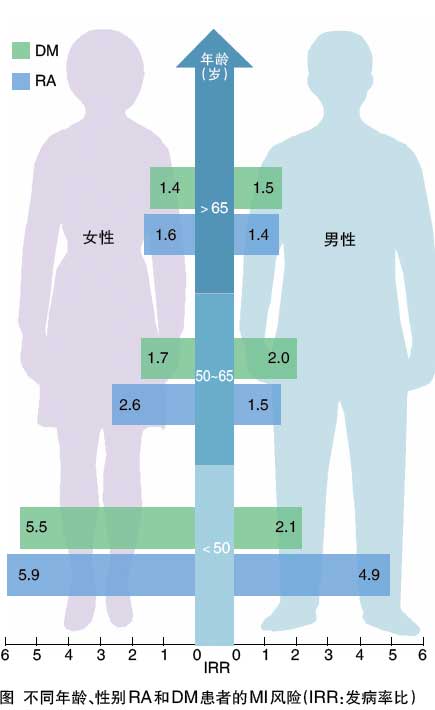Diabetes:糖基化LDL致AS作用增强
2011-06-13 MedSci原创 MedSci原创
英国学者的一项研究表明,丙酮醛(MG)修饰低密度脂蛋白(LDL)可形成小而致密的LDL,其致动脉粥样硬化(AS)作用增强。这可能对糖尿病心血管风险递增和二甲双胍的心脏保护作用做出了解释。论文于2011年5月26日在线发表于《糖尿病》(Diabetes)杂志。 研究者分离出人类LDL并且在体外通过MG最低限度修饰LDL(MGmin-LDL)。研究者对MGmin-LDL的致动脉粥样硬化特征进行
英国学者的一项研究表明,丙酮醛(MG)修饰低密度脂蛋白(LDL)可形成小而致密的LDL,其致动脉粥样硬化(AS)作用增强。这可能对糖尿病心血管风险递增和二甲双胍的心脏保护作用做出了解释。论文于2011年5月26日在线发表于《糖尿病》(Diabetes)杂志。
研究者分离出人类LDL并且在体外通过MG最低限度修饰LDL(MGmin-LDL)。研究者对MGmin-LDL的致动脉粥样硬化特征进行了评测,其中包括颗粒尺寸、蛋白聚糖结合、聚集敏感性、LDL和非LDL受体结合以及主动脉沉积。通过肽质量指纹图谱对在载脂蛋白 B100(apoB100)修饰的主要修饰位点进行测定。
结果显示,MGmin-LDL含有1.6 MG修饰的当量克分子;与体内所发现的物质一致。MGmin-LDL的颗粒尺寸减小,并且与含蛋白聚糖的细胞表面硫酸乙酰肝素的结合力增加。在大鼠中进行的放射性示踪研究显示,MGmin-LDL的血浆清除率分数与未修饰LDL相似,但主动脉结合增加。肽质量指纹图谱确认精氨酸-18为MGmin-LDL中apoB100修饰的热点区域。计算机结构模型显示,apoB100的MG修饰可诱发变形,从而增加LDL表面N末端蛋白聚糖结合域的暴露。这可能介导了颗粒重构和蛋白聚糖结合力的增加。
原始链接:
Glycation of LDL by Methylglyoxal Increases Arterial Atherogenicity
英文摘要:
OBJECTIVE To study whether modification of LDL by methylglyoxal (MG), a potent arginine-directed glycating agent that is increased in diabetes, is associated with increased atherogenicity.
RESEARCH DESIGN AND METHODS Human LDL was isolated and modified by MG in vitro to minimal extent (MGmin-LDL) as occurs in vivo. Atherogenic characteristics of MGmin-LDL were characterized: particle size, proteoglycan-binding, susceptibility to aggregation, LDL and non-LDL receptor–binding, and aortal deposition. The major site of modification of apolipoprotein B100 (apoB100) modification was investigated by mass spectrometric peptide mapping.
RESULTS MGmin-LDL contained 1.6 molar equivalents of MG modification—mostly hydroimidazolone—as found in vivo. MGmin-LDL had decreased particle size, increased binding to proteoglycans, and increased aggregation in vitro. Cell culture studies showed that MGmin-LDL was bound by the LDL receptor but not by the scavenger receptor and had increased binding affinity for cell surface heparan sulfate–containing proteoglycan. Radiotracer studies in rats showed that MGmin-LDL had a similar fractional clearance rate in plasma to unmodified LDL but increased partitioning onto the aortal wall. Mass spectrometry peptide mapping identified arginine-18 as the hotspot site of apoB100 modification in MGmin-LDL. A computed structural model predicted that MG modification of apoB100 induces distortion, increasing exposure of the N-terminal proteoglycan–binding domain on the surface of LDL. This likely mediates particle remodeling and increases proteoglycan binding.
CONCLUSIONS MG modification of LDL forms small, dense LDL with increased atherogenicity that provides a new route to atherogenic LDL and may explain the escalation of cardiovascular risk in diabetes and the cardioprotective effect of metformin.
- Received January 22, 2011.
- Accepted April 11, 2011.
本网站所有内容来源注明为“梅斯医学”或“MedSci原创”的文字、图片和音视频资料,版权均属于梅斯医学所有。非经授权,任何媒体、网站或个人不得转载,授权转载时须注明来源为“梅斯医学”。其它来源的文章系转载文章,或“梅斯号”自媒体发布的文章,仅系出于传递更多信息之目的,本站仅负责审核内容合规,其内容不代表本站立场,本站不负责内容的准确性和版权。如果存在侵权、或不希望被转载的媒体或个人可与我们联系,我们将立即进行删除处理。
在此留言










#DIA#
59
#Diabetes#
50
#BET#
65
#糖基化#
50
#LDL#
90